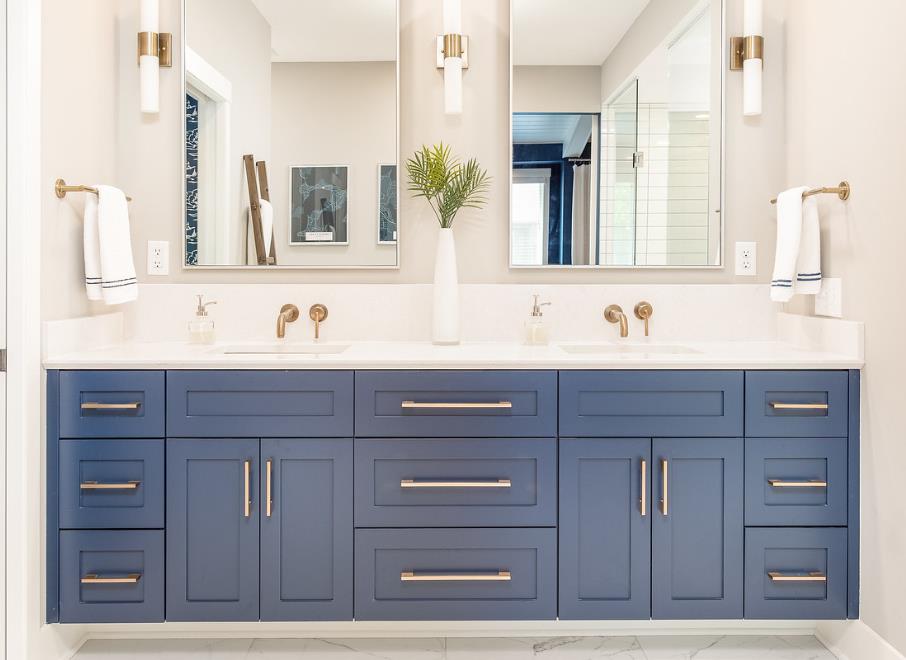Every day, we will use the vanities, wash our faces, brush our teeth…The bathroom cabinet material is critical, which affects the cabinets’ lifespan. So we need to choose a vanities’ material that can withstand the effects of moisture and humidity. This article, Cosyhome will illuminate five materials people will use for vanity cabinets.
1. Particle board
Particle board is a composite sheet material that uses glue and wood particles, a well-known material. As for the cost, particle board is the most cost-efficient material. Particle board is more vulnerable to water and steam and will break down over time. While Cosyhome provides an HMR particle board ( High-Moisture Resistant board), The HMR adhesive is a type of glue used to solve weak resistance against water. So this HMR particle board will make the vanities more durable, and meet clients’ low budgets.

particle board
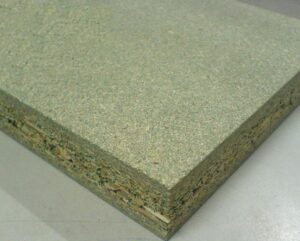
HMR particle board
2.MDF board
Medium-density fibreboard (MDF) is an engineered wood product made by breaking down hardwood or softwood residuals into wood fibers and combining it with wax and a resin binder, MDF is generally denser than plywood. Usually, we will not use MDF for vanities’ carcasses, because its fiber can not fix the hinges tightly. But it’s easy to drill the design, and the surface smoother than the particle board. So will use MDF to do the lacquer vanities’ door panel, to build our modern vanities.
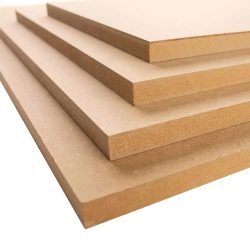
3.Solid plywood board
Plywood is an engineered wood made by gluing several layers of veneer in different directions. These veneers are obtained from logs of wood which are peeled into thin layers of sheets. Whereas Solid wood as the name suggests is natural wood obtained from trees. Plywood board is a good choice for its strength and moderate pricing. If the plywood board is exposed to moisture, it can resist expansion and contraction, so it is very recommended.
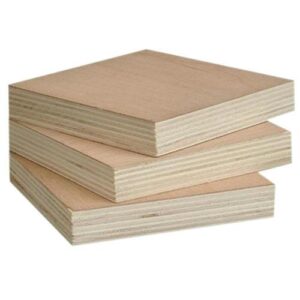
4.Solid wood
Solid wood is considered the most durable option for a traditional vanity. Because of the solid wood itself strength, it can support any type of vanity countertop, marble, granite, quartz, etc. But solid wood can expand as heat increases and absorbs moisture, the wood paint may crack. Oak/rubber wood/red oak/teak/birchwood/ maple/mahogany/cherry wood and etc. Those are a good choice for traditional vanity cabinets. But the cost is much higher than other materials.
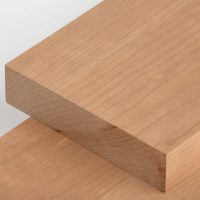
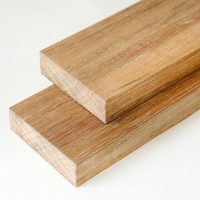
5.Stainless steel
Stainless steel vanities are getting used more often in contemporary design, and it is a special design compared with wood vanity cabinets. Stainless steel is naturally waterproof, so we needn’t worry about the humid condition. And it is resistant to mildew, rust, heat, and scratches. But the stainless steel is prone to show fingerprints and watermarks, we need to do frequent cleaning to keep them looking best.
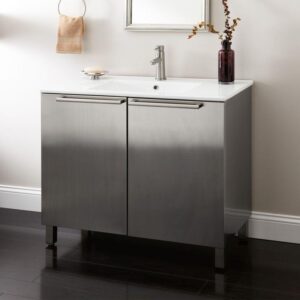
Except for the stainless steel, no matter which wood material is used, we need to minimize water exposure. Take some measurements in our daily life. Turn on the bathroom exhaust fan whenever we take a shower. And better leave the fan running several minutes after our shower, to help back to normal humidity. Second, wipe up the water spills on the vanity surface, otherwise, it will permeate the vanity material, and damage it. Third, we need to periodically inspect if the vanity leaks, and try to catch the leak in the early stages. These maintenances may seem easy but really matters.
Please contact Cosyhome, any material for vanity cabinets can be supplied.

